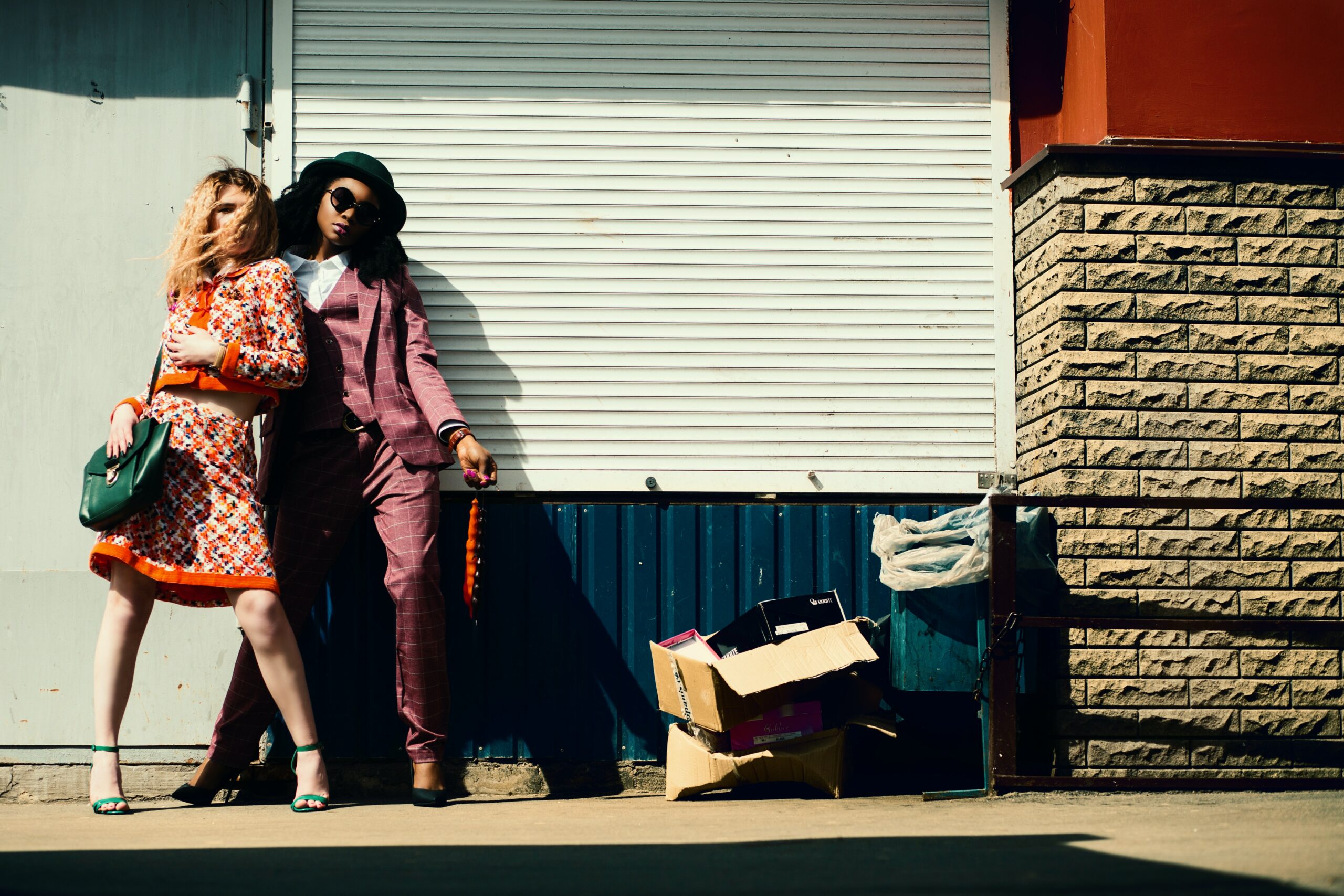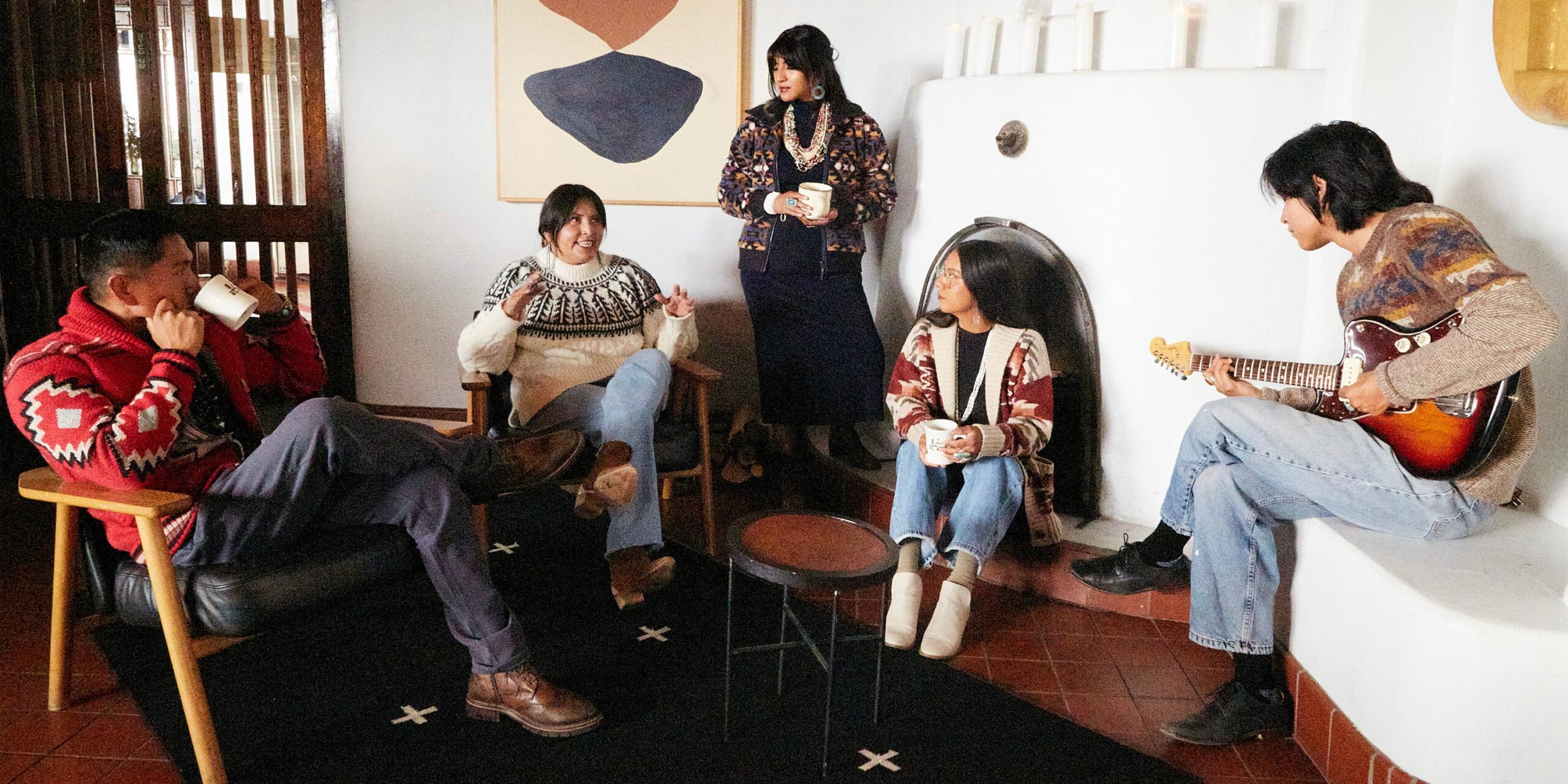The term “sustainable fashion” has been thrown around a lot in recent years, but what does it actually mean? And is it really sustainable? In this blog post, we will explore the concept of sustainable fashion and whether or not it is truly sustainable. From the production process to the materials used, we will break down what goes into sustainable fashion and how you can make sure your clothing is truly sustainable.
What is sustainable fashion?

Sustainable fashion is an emerging trend in the fashion industry that focuses on eco-friendly and socially responsible design, production, and sourcing. Sustainable fashion brands often use sustainable materials like organic cotton and recycled polyester, and employ ethical manufacturing practices such as fair trade.
The sustainable fashion movement has been gaining momentum in recent years, as consumers become more aware of the environmental and social impacts of the fashion industry. A growing number of brands are beginning to adopt sustainable practices, and some major retailers are starting to pay attention to sustainability as well.
However, while sustainable fashion is a step in the right direction, it's important to remember that it's not a cure-all for the many problems plaguing the fashion industry. Sustainable fashion is still part of an industry that relies heavily on cheap labor and unsustainable practices. And while there are some truly sustainable brands out there, many so-called “sustainable” brands are greenwashing their products or using sustainable claims to sell overpriced goods.
So is sustainable fashion really sustainable? It depends. But if you're looking to make more environmentally and socially responsible choices when it comes to your wardrobe, doing your research and supporting ethical brands is a good place to start.
The different types of sustainable fashion

There are many different types of sustainable fashion. Here are a few:
1. Recycled fashion: This type of sustainable fashion uses materials that have been recycled, such as post-consumer waste or industrial waste. Recycled fashion can include upcycled or repurposed clothing, as well as garments made from recycled materials like plastic bottles or used tires.
2. Organic fashion: This type of sustainable fashion uses materials that are grown without the use of harmful chemicals or pesticides. Organic cotton, for example, is grown without the use of synthetic fertilizers or genetically modified seeds.
3. Fair trade fashion: This type of sustainable fashion supports fair labor practices and pays workers a livable wage. Fair trade fashion is often made with organic and/or recycled materials, and it supports sustainable farming and production practices.
4. Ethical fashion: This type of sustainable fashion takes into account the impact of the garment on both people and the environment. Ethical fashion includes consideration of things like working conditions, animal welfare, and environmental sustainability.
5. Slow fashion: This type of sustainable fashion focuses on quality over quantity. Slow fashion garments are typically made to last longer, using higher quality materials and construction methods. This type of clothing is often more expensive than fast fashion, but it is a more sustainable option in the long run.
Why it is important

There are a number of reasons why sustainable fashion is important. First, it is important to consider the environmental impact of the clothing industry. The production of clothing has a significant impact on the environment, and sustainable fashion takes this into account. Second, sustainable fashion is also important from a social perspective. The workers in the clothing industry are often treated poorly, and sustainable fashion aims to improve working conditions and wages. Finally, sustainable fashion is also important from an economic perspective. The clothing industry is a major contributor to the global economy, and sustainable fashion can help to ensure that this industry remains strong in the future.
How to do it right

There are a lot of ways to do sustainable fashion right. Reducing the amount of water used in the production of clothing, using less harmful chemicals, and recycling textile waste are all great ways to make your fashion more sustainable.
But, what about the clothes you already have? How can you make them last longer and reduce your carbon footprint? Here are a few tips:
-Wash your clothes less often. Washing your clothes uses a lot of energy and water, so only wash them when they're actually dirty.
-Line dry your clothes whenever possible. Drying your clothes in the sun is a great way to save energy.
-Repair any holes or tears in your clothing instead of throwing them away. A simple stitch can often extend the life of your clothing by months or even years!
-Donate any clothing you no longer want to charity or a consignment store. This way, someone else can get use out of it and it won't end up in a landfill.
The difference between sustainable and ethical fashion

There is a big difference between sustainable and ethical fashion. Sustainable fashion is about creating clothing that will last longer and have less of an impact on the environment. Ethical fashion is about making sure that the people who make our clothes are treated fairly and paid a living wage.
Sustainable fashion is made to last. It’s designed to be comfortable and flattering so you can wear it for years, not just seasons. And when you do need to replace something, you can do so without guilt, knowing that your purchase supported fair labor practices and didn’t harm the environment.
Ethical fashion goes beyond sustainability. It considers the entire supply chain, from the farmers who grow the cotton to the workers in the factories who stitch it into garments. Everyone involved should be paid a fair wage for their work and treated with respect.
The two terms are often used interchangeably, but it’s important to know the difference. When you shop sustainably, you can feel good knowing that your clothes will last longer and have less of an impact on the planet. When you shop ethically, you can feel good knowing that everyone involved in making your clothes was treated fairly.
The problems with sustainable fashion

The problem with sustainable fashion is that the definition of what constitutes sustainable fashion is often unclear. Furthermore, the term “sustainable fashion” is used to describe a wide range of different practices, from using environmentally friendly materials to manufacturing clothing in a way that is designed to minimize waste. As a result, it can be difficult to know what sustainable fashion actually means, and whether or not the clothing you are buying is truly sustainable.
Another issue with sustainable fashion is that it can be more expensive than traditional clothing. This is because sustainable fashion brands often use higher-quality materials and pay their workers fair wages. While this is certainly a positive thing, it means that sustainable fashion can be out of reach for many people.
Finally, some people argue that the very concept of sustainable fashion is flawed. They argue that sustainability is an impossible goal when it comes to the fashion industry, which relies on constant consumption and ever-changing trends. To truly be sustainable, they say, we would need to completely rethink the way we produce and consume clothes. Whether or not this is possible remains to be seen.
The challenges faced by brands

There are many challenges faced by brands when it comes to sustainable fashion. One of the biggest challenges is the cost of sustainable materials and production methods. Sustainable materials are often more expensive than traditional materials, and production methods can be more time-consuming and labor-intensive. This means that brands need to charge more for their sustainable products, which can price them out of the market.
Another challenge is that sustainable fashion is often seen as being less fashionable than traditional fashion. This perception can be difficult to change, as sustainable fashion is often associated with boring, basic styles. Brands need to find ways to make sustainable fashion more stylish and attractive to consumers if they want to succeed in this market.
Finally, another challenge faced by brands is the lack of transparency in the supply chain. It can be difficult for brands to track where their materials come from and how they are produced. This lack of transparency makes it difficult for brands to guarantee that their products are truly sustainable. Consumers are becoming more aware of these issues and are demanding greater transparency from brands. Until these issues are addressed, sustainable fashion will continue to face challenges.
Conclusion
There is no easy answer when it comes to sustainable fashion. On the one hand, sustainable fashion is a great way to reduce your environmental impact and support ethical practices. On the other hand, sustainable fashion can be more expensive and difficult to find than conventional clothing. Ultimately, the best way to approach sustainable fashion is to do your research and make choices that are right for you. What matters most is that you are conscious of the impact your clothing has on the environment and that you take steps to minimize that impact.











